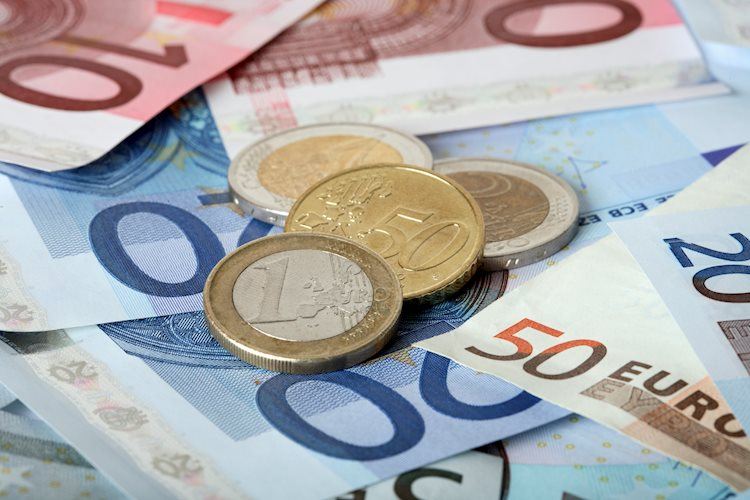The Euro (EUR) managed to recover from its early week losses and ended the week on a flat note, according to FX strategists at OCBC, Frances Cheung and Christopher Wong. They noted that the lack of dovishness from the European Central Bank (ECB) and the weakness of the US dollar were some of the factors that supported the EUR’s late comeback for the week. The ECB has indicated that while they are open to considering a rate cut in October if the economy experiences a major setback, they are not pre-committing to any particular rate path. Other ECB officials also weighed in on the matter, emphasizing the need for strategic patience and highlighting the uncertainties surrounding services inflation and wage dynamics.
Overall, the focus for the ECB is on growth, with policymakers considering a rate cut cycle if growth momentum decelerates significantly. However, there is no rush at the moment, and the ECB prefers to maintain full optionality. This cautious approach contrasts with the greater room for the Federal Reserve to ease, which may be supportive of the EUR’s upside. The bearish momentum on the daily chart is showing signs of fading, with the RSI rising. As of now, the risks are slightly skewed to the upside, with resistance levels at 1.1140 and 1.12, and support levels at 1.1010 and 1.0970.
The comments from ECB officials regarding the possibility of a rate cut in October have contributed to the stabilization of the Euro against the US dollar. The Euro’s late-week comeback was also supported by the weaker US dollar, which has been under pressure due to concerns about the US economy. The ECB’s cautious approach to monetary policy contrasts with the Federal Reserve’s more aggressive stance, which may provide some support to the EUR in the near term. The technical indicators on the daily chart also suggest a potential upside for the EUR, with the bearish momentum fading and the RSI showing an upward trend.
Looking ahead, the key focus for the EUR will be on economic data releases and any further comments from ECB officials regarding monetary policy. If the Eurozone’s economic growth continues to slow, there may be increased pressure on the ECB to consider further easing measures. However, for now, the central bank seems content to maintain its current stance and assess the situation at the next meeting in December. Traders will be watching closely for any new developments that could impact the EUR’s performance in the coming weeks.
In conclusion, the Euro managed to stabilize against the US dollar at the end of the week, supported by comments from ECB officials and broad-based USD weakness. The cautious approach of the ECB to monetary policy contrasts with the more aggressive stance of the Federal Reserve, which may provide some upside potential for the EUR in the near term. Technical indicators also suggest a potential upside for the EUR, with resistance levels at 1.1140 and 1.12, and support levels at 1.1010 and 1.0970. Traders will be keeping a close eye on economic data releases and any further comments from ECB officials for further insights into the EUR’s performance in the coming weeks.











